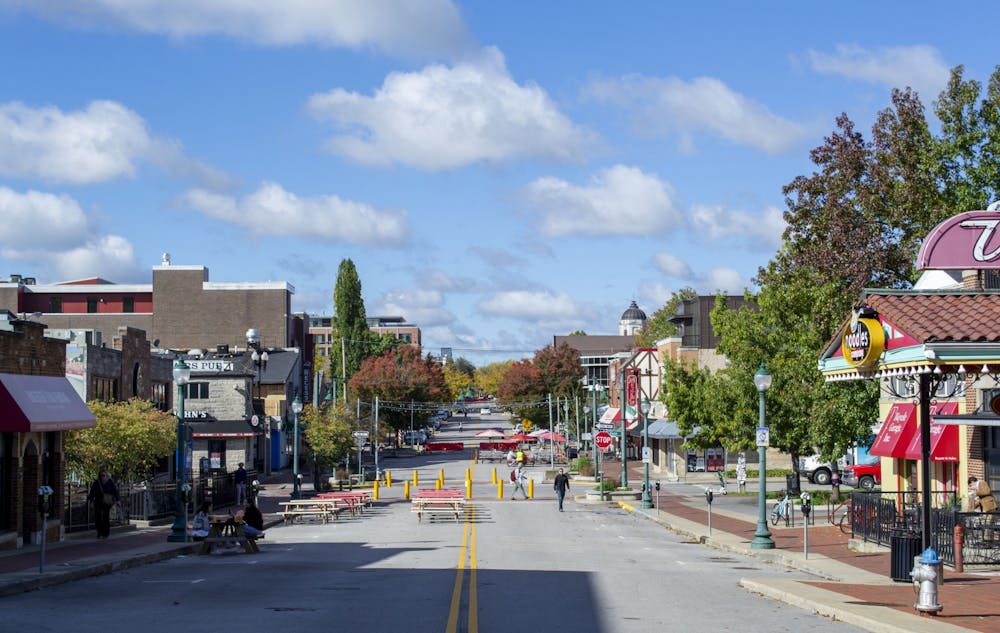Temperatures are expected to continue to reach 90 degrees and higher later this week in Bloomington and across Indiana. Various studies and research show this will become a more common occurrence, with stronger health repercussions over time.
According to the Environmental Resilience Institute’s research, average temperatures in Indiana will increase by five to six degrees Fahrenheit by 2050. Similarly, the ERI’s research concluded that, between 2004 and 2018, there was an average of 702 annual deaths caused by extreme heat in the United States alone.
The ERI said that rising temperatures mean a more significant number of fatalities across numerous demographics and repeated frequency, duration and intensity of heat waves across the Midwest.
People who work outside or who are lower-income or members of the unhoused community are most vulnerable to extreme heat, according to researchers. The ERI also mentioned that younger and older people are at risk alongside those with sensitive health conditions.
In preparation for heat waves, the institute suggested local governments and community leaders identify local areas at the most risk in case of a heat wave and create infrastructure for shade and reflecting sunlight.
The ERI partnered with the Indiana Office of Community and Rural Affairs in Spring 2021 to create a program, called “Beat the Heat,” that would generate other heat relief strategies and response protocols.
The program began with the Clarksville and Richmond communities, providing each with funds for a heat relief coordinator and management services to better address vulnerable populations.
A heat island, according to the story map, “refers to an area that experiences higher temperatures than surrounding, cooler areas.” As seen in the story map of Clarksville, heat islands typically form in downtown or more populated areas.
Daniel Johnson, an associate professor in the department of geography at IUPUI, said the heat island effect happens because of city construction and constant usage of asphalt. He said asphalt absorbs heat very well, and as a result, things become much hotter than in a forest or natural environment.
“I’ve seen some cases where it’s twenty degrees hotter in parts of the city compared to surrounding neighborhoods,” Johnson said. “That’s really an exceptional case, but hotter temperatures in impoverished communities cause further problems.”
Johnson said extreme heat is considered a natural disaster. He said around 2010, Indianapolis did a study with a consulting firm to see which potential natural disaster would likely strike Indianapolis or central Indiana.
“The most likely disaster found was a heat wave,” Johnson said. “It causes health effects, taxes the electrical grid with air conditioning failure and this leads to a significant number of deaths.”
He said it was more of a silent disaster compared to events like tornadoes and hurricanes, but that he was glad that awareness of the danger has increased over the past fifteen years.
Johnson said that people should stay hydrated and put the air conditioning at lower temperatures.
Avoid staying outdoors for long periods of time
If necessary, try and go out during times when the temperature is cooler
When parking cars, do not leave windows open
The car still heats at a significant rate and children are more at risk than adult passengers
Wear light colors and thinner fabrics to reflect as much sunlight as possible and absorb minimal heat






